
Leaders in the Civilization series are as iconic as the civilizations they represent, and how Firaxis selects these figures has evolved significantly over time. Dive into this article to discover how Civilization VII redefines leadership and its historical journey.
← Return to Sid Meier's Civilization VII main article
Civ VII Redefines What it Means to Be a Leader
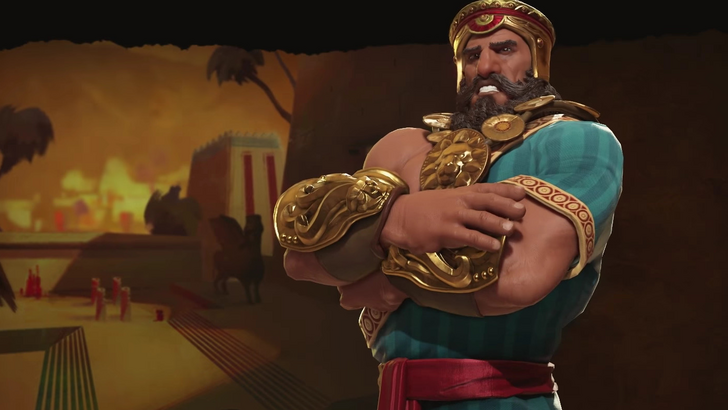
Leaders have been a cornerstone of the Civilization series since its inception, deeply influencing gameplay and embodying the essence of each civilization. From the first game, leaders have been integral, shaping the identity of their civilizations and remaining a constant element through all subsequent titles. Each iteration has brought new innovations to the design and selection of leaders, reflecting changes in historical representation and game mechanics.
Join me as we delve into the evolution of Civilization's leadership, from the early days to the groundbreaking changes introduced in Civilization VII.
Old Civ Was a Superpowers Club Only
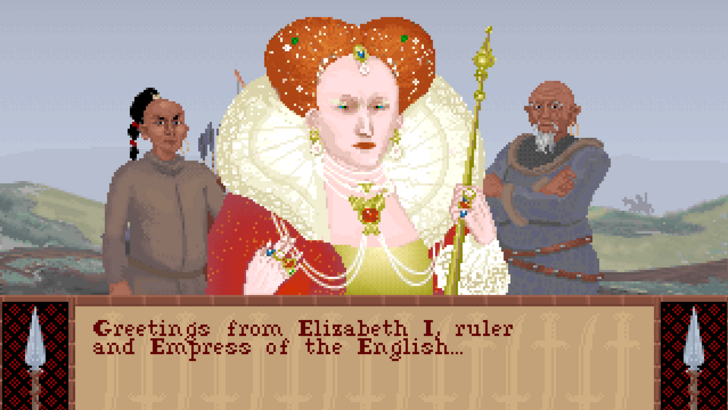
The original Civilization game, a pioneering 4X strategy title, featured a straightforward roster of 15 civilizations, representing major global powers and historical empires of the early '90s. Leaders were chosen primarily from well-known historical heads of state, focusing on figures like Abraham Lincoln, Tokugawa Ieyasu, and Julius Caesar. This approach was simple and direct, reflecting the game's early design and technical limitations. With Elizabeth I as the only female leader, the initial selection was very much a 'superpowers club', prioritizing familiarity and historical prominence.
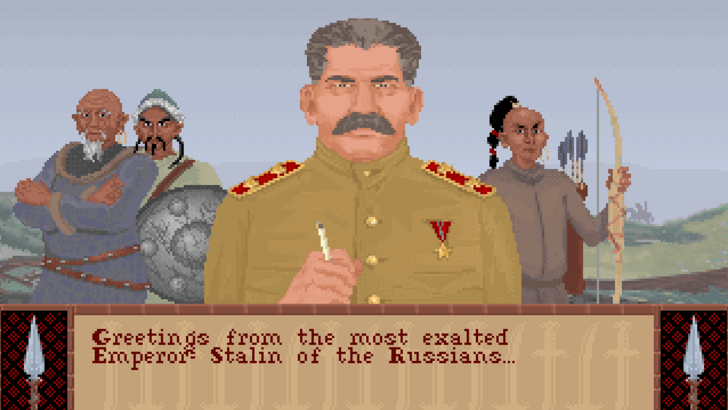
Civs 2 Through 5 Increase Diversity and Creativity in Increments
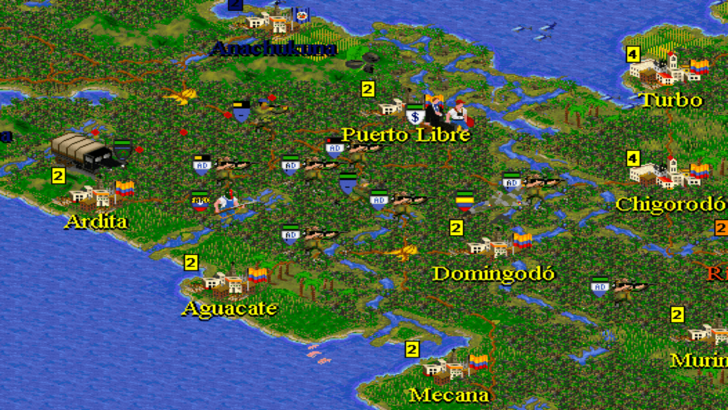
Civilization II marked the beginning of a more diverse approach, expanding the roster to include lesser-known civilizations like the Sioux and introducing a separate female leader lineup. This allowed for figures like Sacagawea and the goddess Amaterasu to represent their civilizations, broadening the definition of leadership beyond traditional heads of state.
Civilization III integrated female leaders into the main roster, with figures like Joan of Arc and Catherine the Great taking prominent roles. By the time Civilization IV and V were released, the series had expanded its definition of leadership to include revolutionaries, generals, and even consorts. This shift highlighted a more inclusive narrative, showcasing a wider range of historical figures and their contributions to civilization.
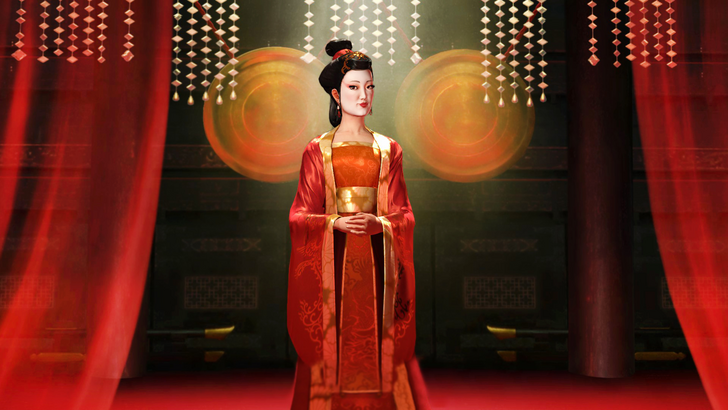
Civ 6 is When The Roster Starts to Get Spicy
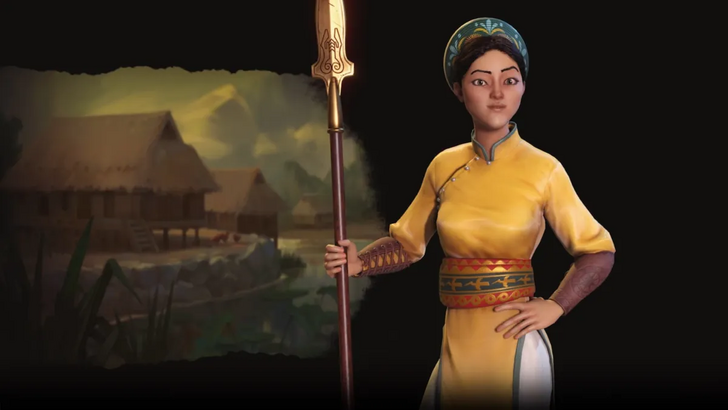
Civilization VI introduced animated caricatures and Leader Personas, allowing for more dynamic and varied representations of leaders. This game brought lesser-known heroes into the spotlight, such as Lautaro of the Mapuche and Bà Triệu of Vietnam, while also featuring multiple leaders for some civilizations, like Eleanor of Aquitaine for both France and England. The introduction of Leader Personas, offering different playstyles for the same leader, added depth and variety to the game, showcasing different facets of historical figures.
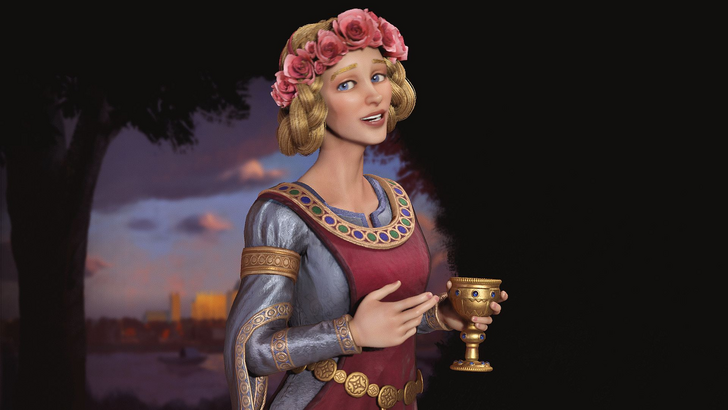
Civ 7 Forgoes Series Staples for Fresh Faces and Unique Leaders
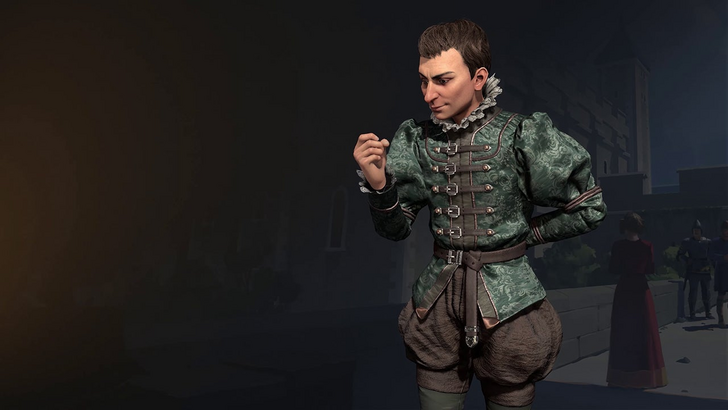
Civilization VII represents the pinnacle of this evolution, with a roster that embraces unconventional leaders and multiple personas. The game's mix-and-match approach to civilizations and leaders allows for even more creative selections. Harriet Tubman, for example, takes on the role of a spymaster, reflecting her historical role in the Underground Railroad. Other notable additions include Niccolò Machiavelli, embodying self-serving diplomacy, and José Rizal, focusing on diplomacy and cultural events.
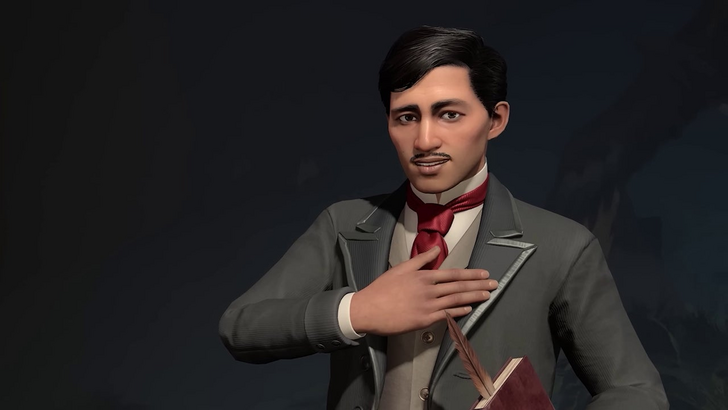
Over nearly three decades, the Civilization series has evolved from a game focused on historical superpowers to a rich tapestry of diverse leaders, each contributing to the story of humanity. The concept of leadership has expanded, yet its importance remains central to the game's appeal. As we look forward to future installments, we can appreciate the journey that has brought us to Civilization VII's innovative approach to leadership.
← Return to Sid Meier's Civilization VII main article
Sid Meier's Civilization VII Similar Games
















